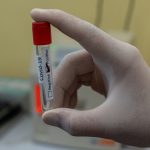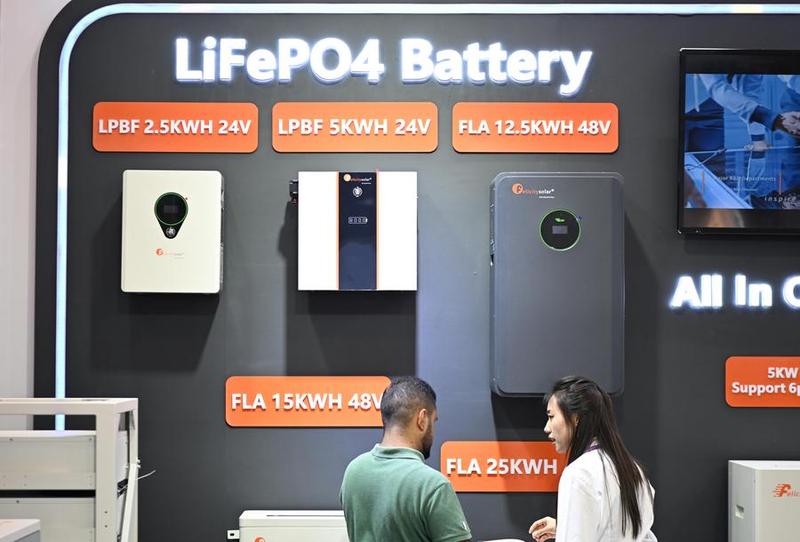Pyrolysis reactor changes plastic wastes into energy

Jakarta (Indonesia Window) – Although plastic waste is a global problem, around 300 million tons of plastic materials are still manufactured worldwide every year with only about 10 percent of which being recycled.
Of the plastic wastes disposed off, expectedly seven million tons end up at the sea every year.
Efforts to convert plastic wastes into useful products have been made by various parties to preserve the environment.
The Center for Chemistry and Packaging (locally known as the abbreviation of BBKK) at the Indonesian Ministry of Industry has been conducting research on processing polyethylene (plastic bag) plastic wastes since 2009, aiming to make plastic wastes into other compounds that are more useful through pyrolysis process, the Government News Network (JPP) reported as quoted by Indonesia Window here, Monday.
Head of BBKK Wiwik Pudjiastuti explained that the pyrolysis reactor which makes plastic wastes into crude oil consisted of standup reactor tubes with three instruments.
They are a catalyst inlet for inserting the catalysts into the reactor; an inlet to put raw materials into the reactor; and a mechanical mixer to produce a volatile homogeneous mixture.
Other instruments are an electric heater that can be adjusted according to the natural gas phase formed during the process, and a condenser to change the gas phase into liquid phase. The condenser is equipped with a single tube to ensure all gas phases are fully condensed.
The pyrolysis reactor has also a channel for uncondensed gas which can be used as gas fuel; residue channel at the bottom of the reactor tube to remove the residual solids; and crude oil reservoir at the lower end of the condenser.
A laboratory test on crude oil produced from the pyrolysis reactor has specifications close to that solvent produced by the national oil and gas company, Pertamina.
The specifications of the solvents are Pertasol (10 percent), Minasol (10 percent), and Low Aromatic White Spiritus (30 percent) and diesel (40 percent) with cetane numbers of ± 60 according to the Euro4 specification.
In addition to the four solvents, a by-product from the pyrolysis reactor that can also be utilized is gas, which if it is further processed can be used as gas fuel.
The gas produced through the pyrolysis process consists of 9.1 percent hydrogen, 4.7 percent methane, 4.6 percent ethane and 12.2 percent propane with a heating value of 1209.25 BTU (British Thermal Unit)/ ft cubic.
The gas produced by the pyrolysis process has a higher calorific value and does not contain corrosive substances.
“The purified gas can be put into a tube so it can be used for igniting stoves, combusting in the pyrolysis process, and turning on generators,” Wiwik said.
Reporting by Indonesia Window

.jpg)








